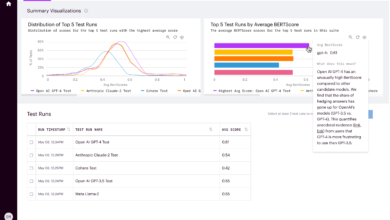Apple reveals how it’s made the iPhone 16 series (much) easier to repair

Apple has slowly been making its devices easier to fix, but the iPhone 15 fell short in a couple of key areas, according to the repairability site iFixit. Namely, the battery was hard to remove and the device suffered from a “parts pairing” issue that meant you couldn’t easily replace the LiDAR sensor with one from another phone. With those two problems, iFixit gave the iPhone 15 a relatively low 4/10 repairability score.
Apple has now released new updates on iPhone 16 repairability and appears to have addressed both those issues and a bunch more. Saying it tries to strike a balance between durability and repairability, it focused particularly on the “repairability” aspect with its latest devices.
There’s now an entirely new way to remove the battery that’s supposed to make it easier. By running a low voltage electrical current through the new ionic liquid battery adhesive (using a 9V cell, for instance), the battery will release itself from the enclosure. This makes removal faster and safer compared to previous stretch release adhesives, according to the company.
At the same time, Apple made changes to the Face ID sensor hardware starting with the iPhone 16 and iPhone 16 Pro. Now, the TrueDepth Camera can be swapped from one unit to another without compromising security or privacy. Before, only Apple was able to do that type of repair.
Another big change is the new Repair Assistant, designed to address parts pairing issues. That lets customers and repair professionals configure both new and used Apple parts directly on the device, with no need to contact Apple personnel. Repair shops previously needed to order official components directly from Apple and get on the phone with an employee before iOS would accept individual parts replacements.
Apple added newly repairable modules too, saying the TrueDepth Camera can now be configured on-device for iPhone 12 and later, eliminating the need for a tethered Mac. In addition, the LiDAR scanner on iPhone Pro models is now serviceable with the rear camera model.
Another big change is on-device access to diagnostics. Starting with iOS 18, Apple diagnostics for repair will be available on device, so customers can determine which parts need to be replaced without the need for a second device.
Finally, the company announced new support for third-party and used Apple parts. If a third-party part can’t be calibrated on Apple’s cloud-based servers, the iPhone or other device will try to activate the part and operate it to its full capability, while showing the repair history within settings. Used Apple parts can soon be calibrated and will appear as a “used” part in the device’s repair history. Another future update will enable True Tone for third-party displays and battery health for third-party batteries. In addition, the LiDAR Scanner and front camera will still work when the module is replaced and left unconfigured.
All told, the iPhone 16 series looks to have one of the biggest jumps in repairability yet, with improvements in physical access, parts compatibility and parts pairing. We’ll soon see if that’s reflected in iFixit’s impending repairability score.
This article originally appeared on Engadget at https://www.engadget.com/mobile/smartphones/apple-reveals-how-its-made-the-iphone-16-series-much-easier-to-repair-120055256.html?src=rss

